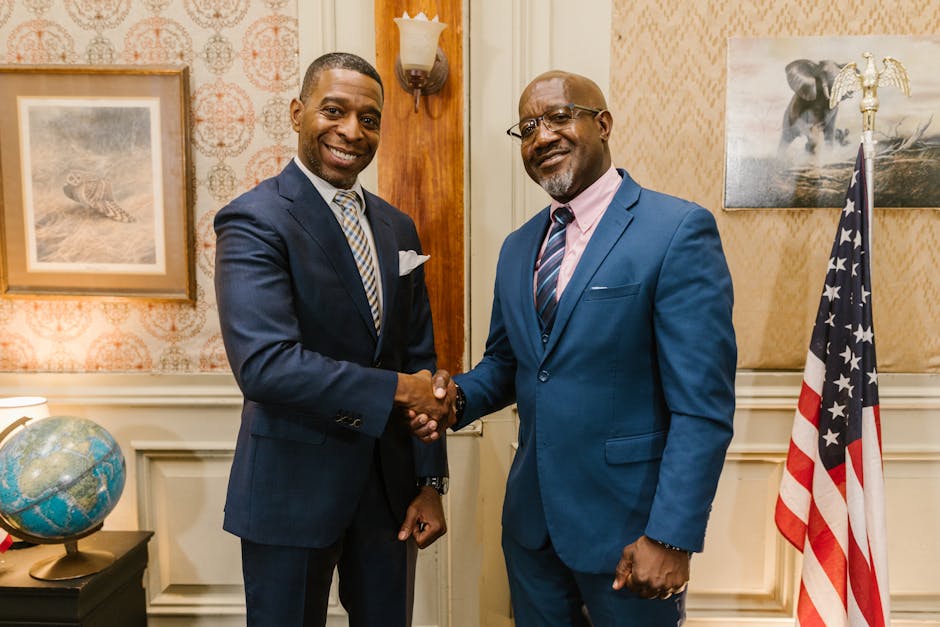The Iran Nuclear Deal: A Comprehensive Overview of History, Implications, and Future Prospects
The Iran nuclear deal, formally known as the Joint Comprehensive Plan of Action (JCPOA), has been a source of intense international debate and diplomatic maneuvering since its inception. This comprehensive overview delves into the historical context, key provisions, significant challenges, and potential future scenarios surrounding this landmark agreement.
The Genesis of the JCPOA: A Decade of Tensions
The path to the JCPOA was paved with years of escalating tensions between Iran and the international community over its nuclear program. Concerns about Iran’s enrichment capabilities and potential to develop nuclear weapons fueled international sanctions and diplomatic efforts aimed at curbing its nuclear ambitions. The International Atomic Energy Agency (IAEA) played a crucial role in monitoring Iran’s nuclear activities, providing crucial data that informed negotiations.
Multiple rounds of negotiations, involving the P5+1 (the five permanent members of the UN Security Council – China, France, Russia, the United Kingdom, and the United States – plus Germany), took place over several years. These negotiations were fraught with challenges, marked by periods of breakthroughs and setbacks. The ultimate goal was to achieve a verifiable agreement that would ensure Iran’s nuclear program remained exclusively peaceful in exchange for the lifting of crippling international sanctions.
Key Players and Their Motivations:
- Iran: Sought the lifting of sanctions to revitalize its economy and maintain its right to a peaceful nuclear program, arguing its enrichment activities were for civilian purposes.
- The P5+1: Primarily concerned with preventing Iran from acquiring nuclear weapons, they sought to achieve this through a comprehensive verification regime and sanctions relief contingent on Iran’s compliance.
- Israel: Maintained a strong opposition to the deal, expressing deep skepticism about Iran’s intentions and the effectiveness of the verification mechanisms.
The JCPOA’s Key Provisions: A Framework for Peaceful Nuclear Energy
The JCPOA, finalized in July 2015, represented a complex agreement with numerous provisions designed to address the international community’s concerns about Iran’s nuclear program. Key aspects included:
- Significant reduction of enriched uranium: Iran agreed to drastically reduce its stockpile of low-enriched uranium and significantly limit its enrichment capacity for a prolonged period.
- Restrictions on advanced centrifuges: Iran committed to limiting the use of advanced centrifuges that could accelerate its enrichment capabilities.
- Enhanced IAEA inspections: The agreement granted the IAEA unprecedented access to Iranian nuclear facilities to verify compliance.
- Phased sanctions relief: International sanctions were lifted in phases, contingent on Iran’s adherence to its commitments.
Challenges and Setbacks: A Fragile Agreement
Despite its ambitious goals, the JCPOA faced significant challenges from its inception. The agreement’s fragility became apparent shortly after its implementation. The Trump administration’s withdrawal from the deal in 2018 marked a major turning point, leading to the reimposition of US sanctions and Iran’s subsequent scaling back of its commitments.
The Impact of US Withdrawal:
The US withdrawal significantly undermined the agreement’s credibility and effectiveness. Iran, feeling betrayed and facing renewed economic pressure, gradually resumed some of its nuclear activities, raising concerns about the possibility of a nuclear arms race in the Middle East. This decision sparked international condemnation and deepened regional instability.

Current Status and Future Prospects: A Path Forward?
The future of the Iran nuclear deal remains uncertain. While some efforts have been made to salvage the agreement, significant hurdles remain. Reviving the deal requires a commitment from all parties to fully comply with its provisions and address the concerns that led to its unraveling. Negotiations remain ongoing, but the prospects for a successful outcome remain elusive.
Potential Scenarios:
- Return to full compliance: A scenario where both Iran and the US return to full compliance with the original JCPOA, restoring the agreement’s original benefits.
- A revised JCPOA: A scenario where the JCPOA is renegotiated to address the concerns of all parties and incorporate new provisions to strengthen its effectiveness.
- A new agreement: A scenario where the JCPOA is replaced by a completely new agreement, addressing the current nuclear landscape and incorporating lessons learned from the past.
- Continued stalemate: A scenario where no agreement is reached, leading to a continued escalation of tensions and the potential for further nuclear proliferation.
Conclusion: The Enduring Significance of the Iran Nuclear Deal
The Iran nuclear deal remains a critical issue with far-reaching implications for regional stability, international security, and the global non-proliferation regime. Its history offers valuable lessons about the complexities of international diplomacy and the importance of sustained commitment to achieving peaceful resolutions. The future of the JCPOA, and the broader Middle East, hinges on the willingness of all parties to engage in constructive dialogue and seek a mutually acceptable path forward.

Understanding the history, provisions, challenges, and potential future scenarios surrounding the Iran nuclear deal is crucial for navigating the complex geopolitical landscape and promoting peace and security in the region and beyond.


